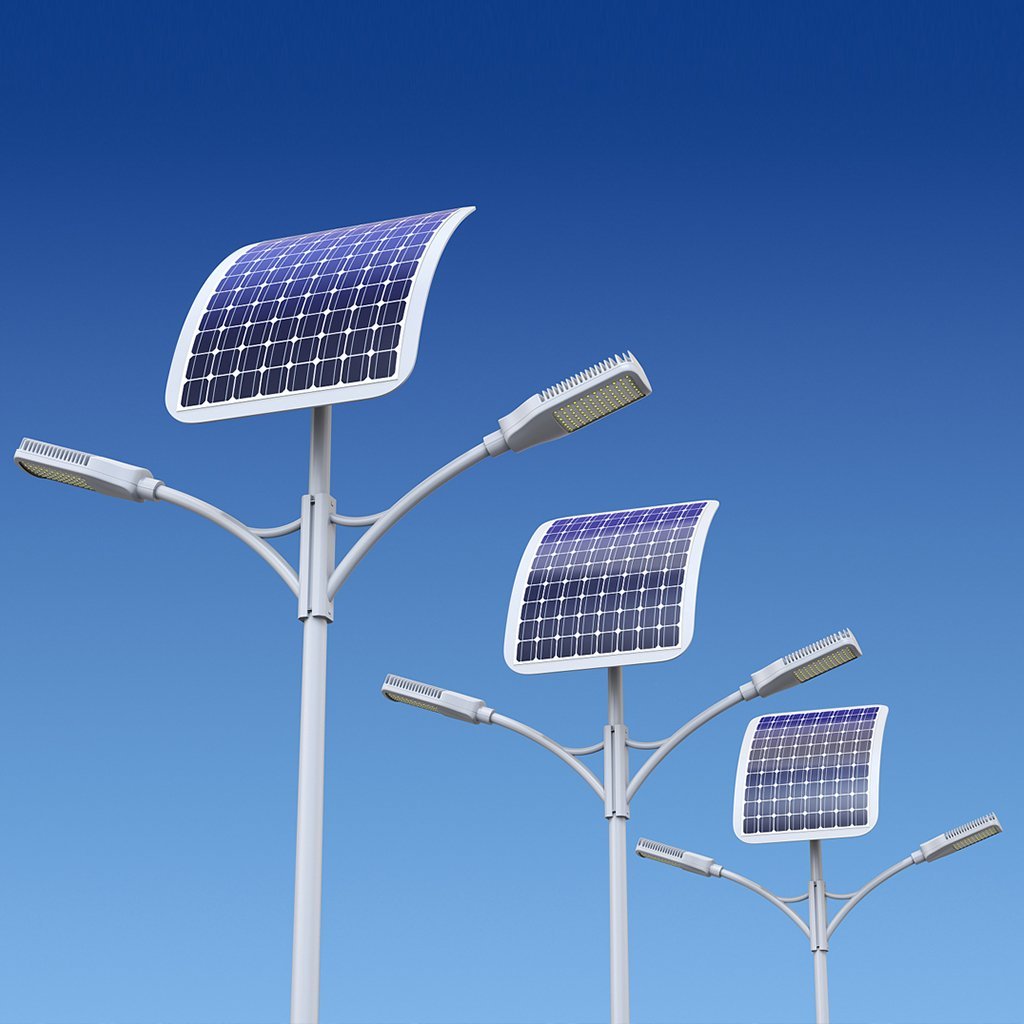Close

REGION 8 (Potaro–Siparuni) – The Government of Guyana continues to deliver on its commitment to equitable infrastructure development by bringing clean, renewable energy to the hinterland. One of the most transformative interventions to date is the installation of solar-powered street lights across Mahdia and surrounding communities—a project aimed at enhancing public safety, promoting environmental sustainability, and improving quality of life for residents.
This major step forward is part of a broader national push to bridge the development gap between coastal and hinterland regions. The Ministry of Public Works, in collaboration with the Office of the Prime Minister and supported by the Guyana Energy Agency (GEA), has deployed solar-powered street lighting systems in Mahdia, the regional capital, and in satellite villages including Campbelltown, Micobie, and El Paso. These installations form part of a national solar initiative funded by the Government of Guyana and international partners, including the Inter-American Development Bank and the European Union.
The implementation of these lights not only improves nighttime visibility but also significantly reduces risks of accidents, deters crime, and encourages economic activity after dark. “For the first time, we can walk safely through our communities at night,” said a Campbelltown resident during a recent community outreach held by the Ministry of Amerindian Affairs. This sentiment is echoed across Mahdia, where small businesses, including roadside vendors, report longer hours of operation and improved sales.
Importantly, the solar-powered design ensures that these lighting systems are both cost-effective and environmentally friendly. With minimal maintenance and no reliance on diesel or the national grid, these lights represent a long-term investment in sustainable energy and rural development. The GEA reports that over 200 solar street lights have already been installed in Region 8 alone as of early 2025, with plans underway to expand this initiative to even more remote villages.
This development is a key component of the Government’s Low Carbon Development Strategy (LCDS) 2030, which prioritizes clean energy access for all Guyanese. Through strategic investments and cross-sector collaboration, Region 8 is being transformed into a safer, more connected, and energy-secure region—an embodiment of national progress driven by inclusive governance.

The Guyana Project is an independent media platform delivering fact-checked, ground-level reporting on politics, economy, and public life in Guyana. With a focus on transparency and development, we bring unfiltered news and thoughtful analysis to help shape a more informed, forward-looking nation.


Lorem Ipsum is simply dummy text of the printing and typesetting industry. Lorem Ipsum has been the industry’s standard dummy text ever since the 1500s, when an unknown printer took a galley of type and scrambled it to make a type specimen book. It has survived not only five centuries, but also the leap into electronic typesetting, remaining essentially unchanged. It was popularised in the 1960s with the release of Letraset sheets containing Lorem Ipsum passages, and more recently with desktop publishing software like Aldus PageMaker including versions of Lorem Ipsum.
t is a long established fact that a reader will be distracted by the readable content of a page when looking at its layout. The point of using Lorem Ipsum is that it has a more-or-less normal distribution of letters, as opposed to using ‘Content here, content here’, making it look like readable English. Many desktop publishing packages and web page editors now use Lorem Ipsum as their default model text, and a search for ‘lorem ipsum’ will uncover many web sites still in their infancy. Various versions have evolved over the years, sometimes by accident, sometimes on purpose (injected humour and the like).
Contrary to popular belief, Lorem Ipsum is not simply random text. It has roots in a piece of classical Latin literature from 45 BC, making it over 2000 years old. Richard McClintock, a Latin professor at Hampden-Sydney College in Virginia, looked up one of the more obscure Latin words, consectetur, from a Lorem Ipsum passage, and going through the cites of the word in classical literature, discovered the undoubtable source. Lorem Ipsum comes from sections 1.10.32 and 1.10.33 of “de Finibus Bonorum et Malorum” (The Extremes of Good and Evil) by Cicero, written in 45 BC. This book is a treatise on the theory of ethics, very popular during the Renaissance. The first line of Lorem Ipsum, “Lorem ipsum dolor sit amet..”, comes from a line in section 1.10.32.